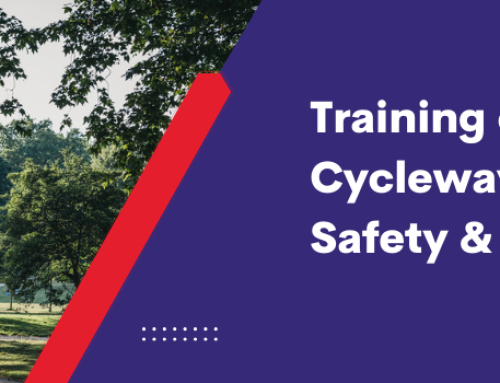Despite working in the same school, staff often don’t get to work alongside each other very often. Teaching is a very independent vocation, so other than working alongside a teaching assistant, you might not have a chance to get to know your other colleagues very well.
This is where school management can step in with team building activities. Team building helps to improve communication, foster trust and boost employee morale within a school setting.
It can be daunting for new teachers starting at an established school where it feels like everyone already knows each other. But in reality, without team building exercises and the opportunity to speak to colleagues outside of their own department, there is a good chance that workers won’t actually know each other that well.
With this in mind, we’re exploring some team building activities along different themes that can help foster better collaboration and break down barriers between employees.

Communication challenges
Teachers have to be strong communicators, but it’s interesting to learn that there are different ways to communicate the same thing. To help everyone to appreciate the differences in communication styles, try a team building challenge that requires excellent communication.
A great example of this would be the blindfold game. One person wears a blindfold and is then given a challenge to complete. They receive instructions from the rest of the team who can observe but not help out. All of the instructions have to be verbal. This is a fun and engaging way to have a laugh and get to know your colleagues a little better.
Building challenges
Collaboration is a key part of teaching, but working alone means that teachers don’t always get to work together on projects. This is where team building challenges can prove helpful.
Building challenges are incredibly fun and will allow everyone to get a little bit competitive and silly. It will also test their creativity. Split your group into teams and then give them a pile of materials that are readily available in your school. Try raiding the art department for the best supplies, or stick to stationary cupboard essentials.
The challenge is to build something from the limited materials that can stand up to a challenge. This could be building the tallest, strongest, or widest structure. It could also require special properties like the ability to protect an egg, float or fly.

Physical challenges
Physical challenges are a great way to get everyone active and united behind the same goal. A charity bike ride is a great example of this. Everyone can train on their own time, or they can use the school gym to train in groups.
On the day of the event, the challenge is not for an individual to win, but for everyone to complete the race together. This means that the team will only be as fast as their slowest participant. This is a great way to better understand collaboration.
Intellectual challenges
Teachers are known for their intelligence and knowledge of diverse topics. So it makes sense that a team building pub quiz would be popular with teachers. They will all have a chance to show off their specialist knowledge while getting to know their colleagues.
An event like this could take place in a pub or similar setting for a more authentic and relaxed mood, or you could hold this type of event during the work day and provide lunch snacks to keep everyone entertained.

Creative challenges
Completing a creative challenge together can be a fun and relaxing way to get to know your colleagues. Examples of this would be a pottery painting workshop, a drawing class or even a creative writing class.
Sending your teachers back to school to learn something new is a great way for everyone to share their skills and experience while breaking down barriers. Having an opportunity to be creative can help to drive down stress levels which will allow everyone to share on a more authentic level.
Problem solving challenges
The last category of team building challenges we will recommend is a problem solving challenge. Solving problems together is a great way to get to know your colleagues strengths and to better understand their approach to challenges. It can also help to improve collaboration and communication between departments as workers will have a better idea of who they are working alongside in the school.
A great example of a problem solving challenge for teachers is a scavenger hunt. Split your teachers into teams and give them a list of things that they have to find, or challenges they have to complete in specific locations. This type of challenge is also timed, so there are points available for completing the challenge and for finishing the fastest. Everyone will have to work together to achieve victory.






